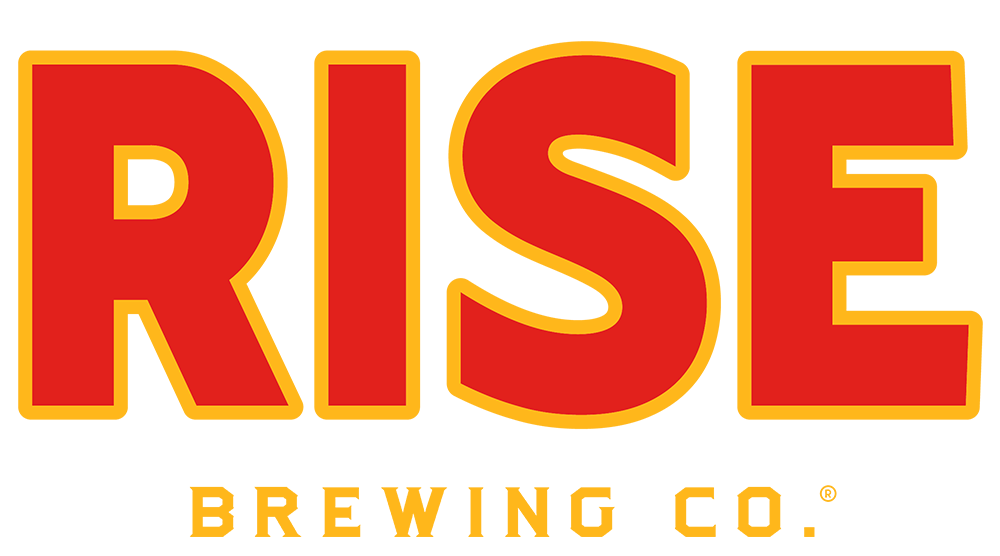If you have to ask how much it costs…You probably can’t afford it. That’s what they say at the Bentley dealership in downtown Chicago, anyway. The same quip adapts to brands: if you have to announce yours, you probably don’t have it.
Think of a few successful food and beverage startups — aside from RISE Brewing Co. Some examples include Bai, KeVita, 5 Hour Energy, and popchips.
What made them successful?
While they are all now multi-million dollar, recognizable “brands,” at the outset, they blossomed from concrete value propositions. Think about it:
- Bai — low calorie, naturally sweet, high antioxidants
- KeVita — unique effervescence, probiotic category leader
- 5 Hour Energy — sugar-free, instant energy, convenient small size
- popchips — all the crunch, a fraction of the fat
Whether motivated by passion like Ben Weiss or sensing a market opportunity like Manoj Bhargava, founders of the biggest and brightest companies solve problems. They offer utility beyond the status quo: I feel healthier drinking Bai; I can fit a 5 Hour Energy in my pocket, down it in two seconds, and be awake for five hours! At least some of the time, there's a compelling reason to buy those products as opposed to a Coke or a Red Bull.
Unlike in the tech world where problems often require technical genius (e.g. Dropbox — confidently sync all my files to the cloud or Google — index the entire web and deliver accurate search results within a fraction of a second), the beauty of CPG lies in the artful simplicity of its most successful innovations. Take the discarded husks of coffee beans and use them to craft something delicious. Take the accepted size of energy drinks and reduce it by a factor of six.
A company must offer a product with a clear value proposition, which, if accepted, leads to the development of its brand. As it releases new products and gains greater loyalty and visibility, the brand grows.
The cycle starts with the product’s value proposition. Market acceptance creates the brand.

Above: The cycle starts with the product’s value proposition. Market acceptance creates the brand.
The recipe for success in food and beverage starts with the product and appears in the brand. Apple, Google, and Tesla make incredibly awesome products around which their brands coalesce. They don’t built the brand per se — they create wonderful and innovative companies worthy of their own style, voice, and graphics.
Weak founders get this backwards. A huge red flag is when they have less than $1MM in sales and define their difference as, “the brand.” They speak about why what they’re doing is special in fuzzy, empty terms. They stutter when pressed on how they differ from competitors. That’s nonsense.
A leading example of brand nonsense is the American matcha industry. Without naming names, one of its dirty secrets is that many nascent companies buy their matcha from the same triumvirate of Japanese suppliers. They literally sell the exact same products, distinguished only by their packaging and press. Instead of wooing customers with unique qualities, they must retain them with lifestyle associations, costly PR, and other nebulous, vapid differentiators.
In today’s world of the ultra-informed consumer, this jig ultimately fails. Consumers discover the brand’s absolute value. The truth comes out and, more destructively, the product becomes commoditized. Wholesale and retail consumers alike eventually realize they’ve paid more for the image than the substance and decide to switch to higher value offerings. E-commerce shopping platforms such as Amazon and Jet enable this dynamic by supporting low-effort price comparisons.
The coconut water category’s development offers some lessons in avoiding this dynamic. It could have easily gone the way of matcha, which, like coconut water has meaningful qualities upon which a big-time “brand” could have been built.
Two companies — Zico (later sold to Coke) and Vita Coco — started in New York within a few months of each other and grew to dominate the market. I’d sure love to examine the Vita Coco deck that won over Verlinvest or the Zico presentation that persuaded VEB to put in $15 million.
Regardless of whether those docs will ever be public, I’d wager neither Michael Kirban nor Mark Rampolla directly hyped their brand. They hyped the development of a nascent category, coconut water's truly superior nutritional profile, and the timing being right as the natural food movement began to accelerate.
Telling consumers (and investors) why you have something better than before resonates 10x more than claiming superiority by association. You can have your product in the trendiest shops, a write up in all the major publications and MoMA worthy packaging — all is for naught if the consumer doesn’t find absolute value beneath the surface.
So make something awesome and different. Commercialize the product and not the packaging. And stop focusing so much on building a brand and more on being better.
By Ryan Williams

Share:
MVPs for CPGs : How Food and Beverage Brands Evolve
Elevate the Dessert Cocktail with RISE Nitro